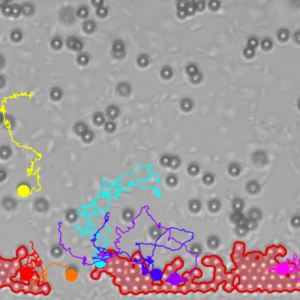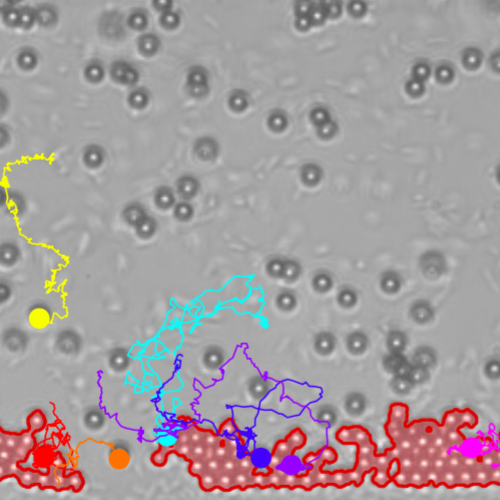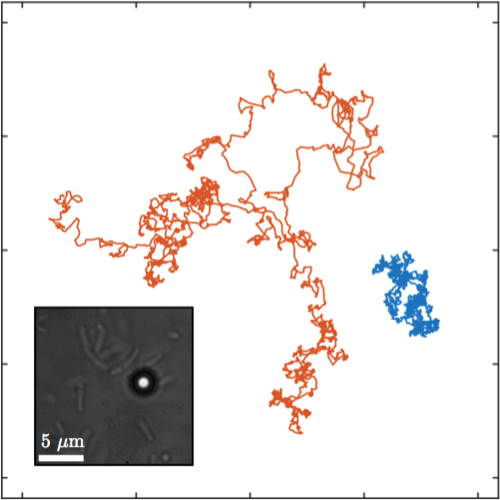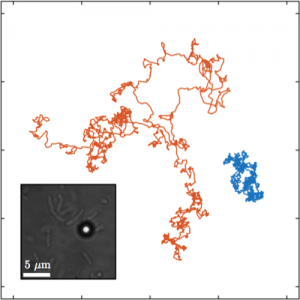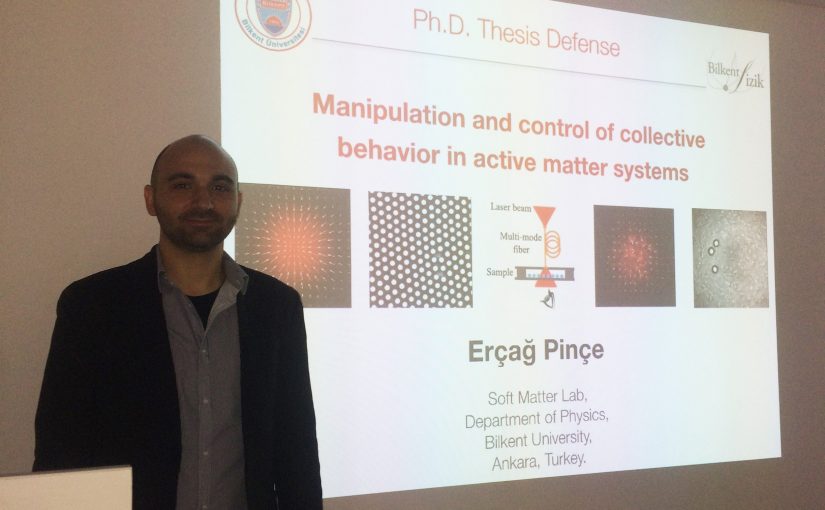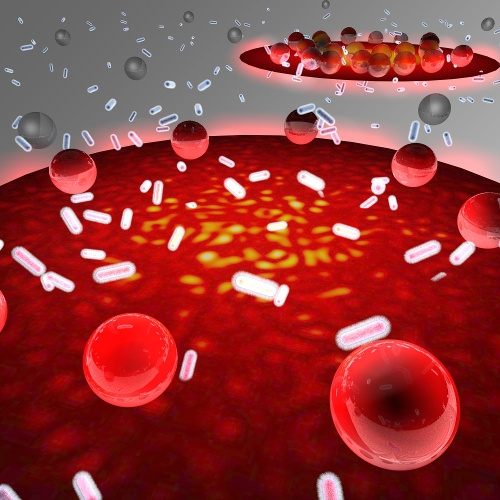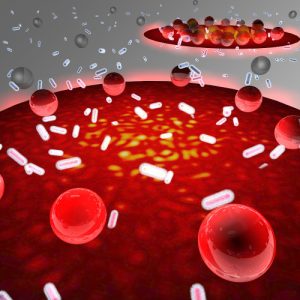Erçağ Pinçe defended his PhD thesis on 21 October 2016. Assist. Prof. Evren Doruk Engin (Ankara University), Assist. Prof. Giovanni Volpe (Bilkent University), Assist. Prof. Balázs Hétenyi (Bilkent University), Assoc. Prof. Fatih Ömer İlday (Bilkent University) and Prof. Alper Kiraz (Koç University) participated as thesis committee members.
Erçağ Pinçe investigated the role that spatial disorder can play to alter collective dynamics in a colloidal living active matter system where motile E. Coli bacteria are present. The results suggested that the level of heterogeneity present in the background changes the long-term spatial dynamics in a colloidal ensemble coupled to a bacterial bath. This work provided insights about statistical behavior and far-from-equilibrium interactions in an active matter system.
Thesis title: Manipulation and control of collective behavior in active matter systems
Thesis advisor: Giovanni Volpe
Thesis abstract: Active matter systems consist of active constituents that transform energy into directed motion in a non-equilibrium setting. The interaction of active agents with each other and with their environment results in collective motion and emergence of long-range ordering. Examples to such dynamic behaviors in living active matter systems are pattern formation in bacterial colonies, ocking of birds and clustering of pedestrian crowds. All these phenomena stem from far-from-equilibrium interactions. The governing dynamics of these phenomena are not yet fully understood and extensively studied. In this thesis, we studied the role that spatial disorder can play to alter collective dynamics in a colloidal living active matter system. We showed that the level of heterogeneity in the environment in uences the long-range order in a colloidal ensemble coupled to a bacterial bath where the non-equilibrium forces imposed by the bacteria become pivotal to control switching between gathering and dispersal of colloids. Apart from studying environmental factors in a complex active matter system, we also focused on a new class of active particles, \bionic microswimmers”, and their clustering behavior. We demonstrated that spherical bionic microswimmers which are fabricated by attaching motile E. coli bacteria on melamine particles can agglomerate in large colloidal structures. Finally, we observed the emergence of swimming clusters as a result of the collective motion of bionic microswimmers. Our results provide insights about statistical behavior and far-from-equilibrium interactions in an active matter system.
